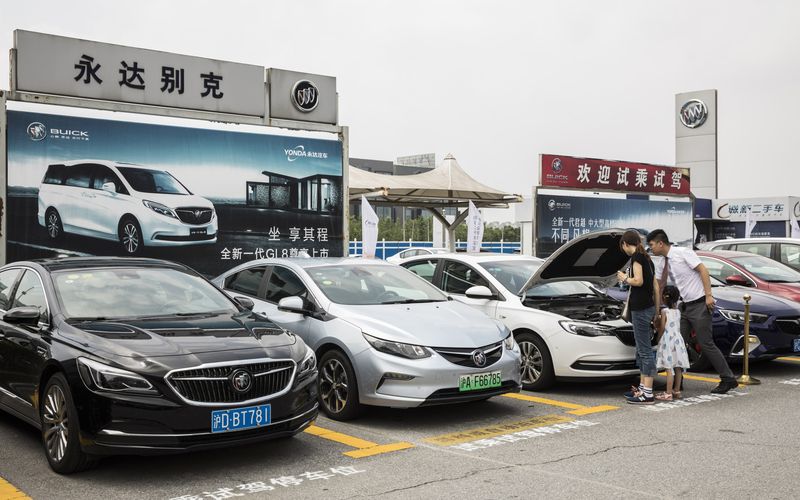China Is Making It Easier Than Ever To Buy A Car
As the world’s largest car market, China’s car sales and output have fallen dramatically every month since July 2018. Inventories are piling up, especially for vehicles that don’t comply with emissions regulations, which will kick in sometime in August 2019 for a large part of the country.
Image from: Beijing Relocation
To counter this fact, the Chinese government has pulled out all the predictable stops, including unrolling consumption-boosting stimulus plans, building more charging stations for electric vehicles and intelligent-road networks to encourage more EV purchases and making used-car transactions easier. Still, there’s nothing which has really made a considerable significance in terms of cars sold yet.
But to counter the latest drop in car purchases, China is making auto financing even more accessible. China’s auto-financing market is already worth more than 1 trillion yuan (approx. RM594 billion). This figure has ballooned by around 30% to 40% in recent years as more consumers turn to lending companies, borrowing platforms and commercial banks to fund vehicle their purchases. The auto financing market in China is expected to more than double to 2.4 trillion yuan (approx. RM1.4 trillion) by 2022.
Given the car sector contributes around 4% to nominal gross domestic product (GDP), it is of utmost importance to the Chinese government to do so. However, with the country’s financial system so unsteady over the past months, the timing of this decision is quite questionable.
China’s push for the electric vehicle is also something to behold. While the initial subsidies given by the Chinese government are now lessening, sales of EVs continue to rise. Yet the EVs that consumers want to buy or are incentivized to purchase remains out of their price range. This would make electric cars a good candidate for auto financing, in theory. But EVs have a higher credit risk as compared to traditional cars as no one quite knows how long these vehicles last; the faster their technology evolves, the quicker models can become obsolete.
Image from: Bloomberg
“The inherent uncertainty on vehicle value preservation may change the payment behavior of borrowers facing stress,” according to analytic company S&P Global Inc.
The Chinese government’s focus over the past year has been to boost consumption in rural areas, where demand is dipping sharply. Often, car ownership levels in these smaller and often poorer cities remain very low, with buyers more price sensitive. Auto-finance companies have started extending interest-free loans along with other perks to lure buyers. What this means is that there is a push for car loans to weaker borrowers in a weak market; which means that the possibility of loan defaulters, or those unable to repay their loans on time, remain high.
Image from: Free Malaysia Today
As the Chinese credit markets remain in a precarious state, manufacturers and dealers are also in a tight spot, as they have become more reliant on their financing arms for growth and expansion. However, China’s banking regulator have come up with rules which said that dealers couldn’t collect loan-servicing fees, in a bid to protect consumer rights, which hurt the manufacturers and dealers even more. Regulators have also encouraged lenders to tap other sources of funding, including borrowing in the interbank market, but that’s similar to putting more pressure on another source.
The Chinese government’s increased scrutiny on P2P lending platforms, with notable names like Tuandai.com and Hongling Capital already closing up shop, has led to fears that China’s auto market could face a subprime-like meltdown similar to that of the United States housing market in 2008. Only 100 P2P platforms seen surviving out of 1,000 in operation early this year, amid government crackdown on dodgy lenders. While many have related the steep drop in car sales to the closing of these P2P lending platforms, yet, even as car purchases fell month after month, the need for auto financing has gone up.
Image from: China Daily
By making auto financing easier than ever, China is looking increasingly like turning to credit to solve its problems. However, in its latest credit push, the Chinese government is only sweeping the problem under the rug, and that its auto market may face an oversupply in terms of a lack of demand. There is a startling worry that there will be more potholes on the road to recovery for China’s auto market.
What do you think? Leave a comment below!




